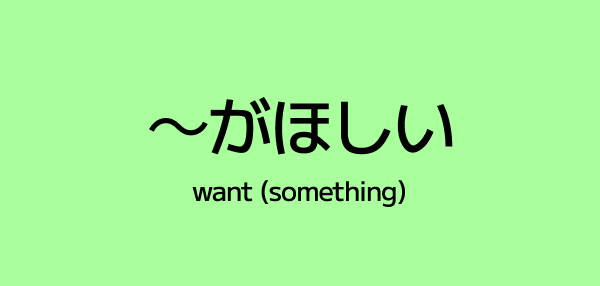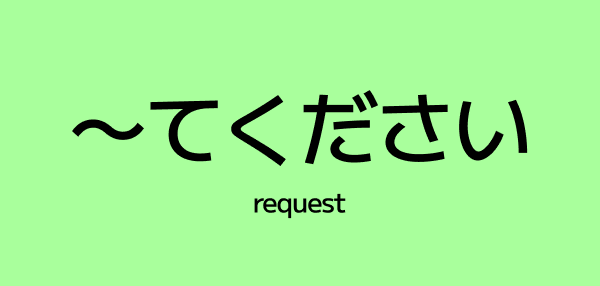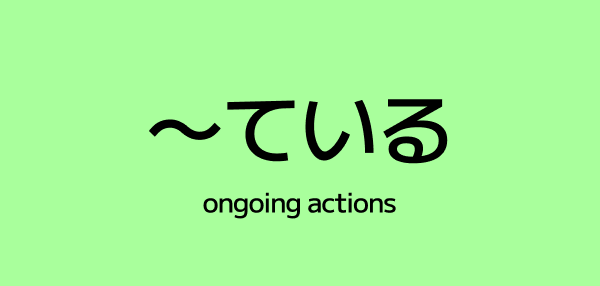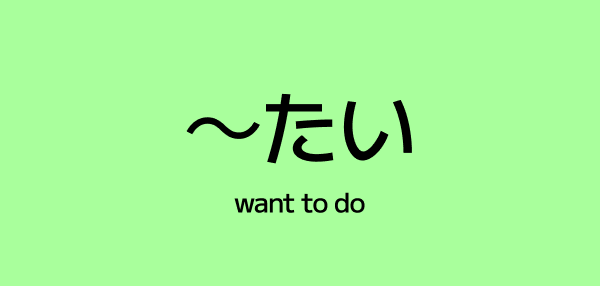The に (Ni) Particle
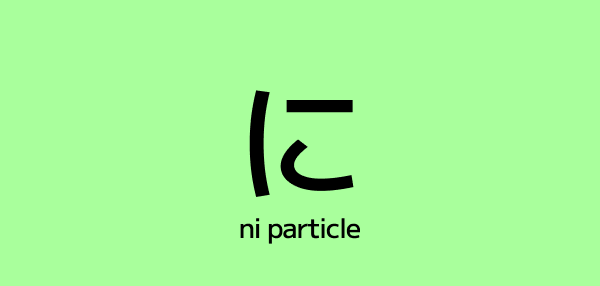
An Introduction toに(ni)
The particleにis one of the most versatile and essential particles in Japanese. It can indicate direction, time, location, the purpose of movement, and even the indirect object of an action. But with so many uses, it's also one of the most confusing. Let’s walk through the core meanings of に, clarify where it fits in a sentence, and address the most common pitfalls.
1.にas a Direction Marker (Destination of Movement)
The most basic use ofにis to mark the destination or target of a movement.
Examples:
がっこうにいきます。 Gakkou ni ikimasu. (I go to school.)
とうきょうにひっこしました。 Tōkyō ni hikkoshimashita. (I moved to Tokyo.)
In both sentences,にtells us where the action is going. You’ll often see it with verbs of movement likeいく(go),くる(come),かえる(return), andかよう(commute).
✅ Useにwhen the verb implies arriving or reaching a place.
2.にfor Specific Time Points
に marks a specific point in time when something happens.
Examples:
しちじにおきます。 Shichiji ni okimasu. (I wake up at 7 o'clock.)
げつようびにあいましょう。 Getsuyōbi ni aimashou. (Let’s meet on Monday.)
ごがつににほんへいきます。 Gogatsu ni Nihon e ikimasu. (I’m going to Japan in May.)
✅ Useにwhen the time is exact or calendar-based. ❌ Don’t useにwith vague time expressions like "yesterday" or "tomorrow" (e.g.,昨日or明日).
3.にas a Location of Existence
When something exists or remains somewhere, に marks that location.
Examples:
ねこがべっどにいます。 Neko ga beddo ni imasu. (The cat is on the bed.)
ほんはつくえのうえにあります。 Hon wa tsukue no ue ni arimasu. (The book is on the desk.)
✅ Useにwithいるandあるto describe where things are located.
🆚 Compare this with で, which marks where actions happen. →コンビニで買い物します。(I shop at the convenience store.)
4.にfor Indirect Objects (The Receiver of an Action)
に can mark the recipient of an action.
Examples:
ともだちにぷれぜんとをあげました。 Tomodachi ni purezento o agemashita. (I gave a gift to a friend.)
こどもにえいごをおしえます。 Kodomo ni eigo o oshiemasu. (I teach English to children.)
✅に shows who is receiving the action (not the main object, but the person it's aimed at).
5.にfor Purpose or Goal (with Verbs of Movement)
に can also show the purpose of movement when paired with a verb stem or a noun +に行く.
Examples:
えいがをみにいきます。 Eiga o mini ikimasu. (I’m going to see a movie.)
べんきょうしにきました。 Benkyō shi ni kimashita. (I came to study.)
Here,にconnects the action to its intent or goal. This is especially useful in everyday speech.
6.にwith Passive and Potential Verbs
In passive constructions, に marks the doer of the action.
Example:
せんせいにほめられました。 Sensei ni homeraremashita. (I was praised by the teacher.)
Similarly,にshows who allows or enables something in potential forms.
Example:
ははにゆるされました。 Haha ni yurusaremashita. (I was allowed (by my mom).)
This often trips up learners who expectをorがinstead.
7.にwith Change, Result, or State
に appears after nouns or adjectives when describing a change in state, especially with verbs like なる (to become).
Examples:
いしゃになります。 Isha ni narimasu. (I will become a doctor.)
じょうずになりました。 Jōzu ni narimashita. (I got better (at something).)
あかくなった。 Akaku natta. (It turned red.)
The pattern is: [Noun/な-adjective/い-adjective (w/く)] +に+なる
8. Common Mistakes withに
❌ Mistake 1: Usingにwith Non-Specific Times
Incorrect: きのうにいきました。 Kinō ni ikimashita. (I went yesterday.) Correct: きのういきました。 Kinō ikimashita. (I went yesterday.)
にis only for specific times like "Monday" or "7 PM"—not general words like "today" or "yesterday."
❌ Mistake 2: Confusingにandで
Use:
- に → for existence or destination
- で → for action or event location
Example Pair:
としょかんにいます。 Toshokan ni imasu. (I’m at the library (existing there).)
としょかんでべんきょうします。 Toshokan de benkyō shimasu. (I study at the library (action happens there).)
❌ Mistake 3: Forgettingにwith Purpose Constructions
When expressing intent with verbs likeいく(go) orくる(come), learners often forget to includeに.
Incorrect: えいがみにいきます。 Eiga mini ikimasu. (I’m going to see a movie.) Correct: えいがをみにいきます。 Eiga o mini ikimasu. (I’m going to see a movie.)
にconnects the verb stem (みに) to the purpose of the movement.
Summary
- Direction: Where you're going Example: がっこうにいきます。 (I go to school.)
- Time: When something happens Example: 3じにあいましょう。 (Let’s meet at 3 PM.)
- Location (Existence): Where something exists Example: つくえのうえにあります。 (The book is on the desk.)
- Indirect Object: The receiver of an action Example: ともだちにあげました。 (I gave it to a friend.)
- Purpose: Reason for movement Example: えいがをみにいきます。 (I’m going to see a movie.)
- Change of State: What something becomes Example: いしゃになります。 (I will become a doctor.)
- Passive Agent: Who performed the action (in passive) Example: せんせいにほめられました。 (I was praised by the teacher.)
Final Notes
にis not just one particle with one use—it's a system of connections.
Getting comfortable with its various functions takes time and repetition.
Watch out for overlap withで,へ, andを—these often show up in similar spots but mean very different things.

